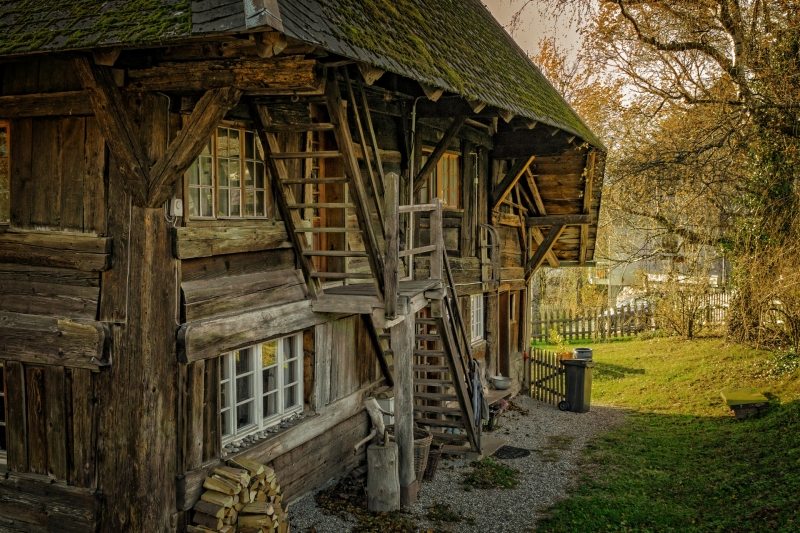Nobody likes to see character homes being torn down. They may have historical value, but are they all really worth keeping? Everybody knows the saying: “They don’t build them like they used to.” But how true is it? Are older homes really built better than homes today? Did tradespeople have more skills in the past than they do now?
Cities like Toronto, Montreal and Quebec City still have homes standing that were built over 100 years ago. But it’s important to note that the homes still standing are the exception rather than the rule. The owners of these homes built them with all the best materials. They hired the best architects and the best builders from across the country because they had the money to do so.
Materials, craftsmanship and design might just make the new home of today, the historical buildings of the future. It is the engineering, building codes, science and application of the industry that will result in our future homes being more durable, healthy and efficient.
Older homes can also have health hazards. Asbestos, lead paint, formaldehyde, and mercury are prevalent in older homes. If a home was built before 1940, there’s an 87 percent chance it has lead paint. Before the 1980’s asbestos was used in all kinds building products. Asbestos and products like it are always a concern any time you’re renovating older homes. New homes are healthier and more efficient with products that have undergone extensive testing to be certified as safe.
Older homes were not built to our current engineering standards. Foundations did not have steel and many had no footings which provide support to the foundation. This would cause uneven settling with one corner of the house or porch sinking several inches. Floor boards were undersized or mismatched resulting in a floor that was bouncy and squeaky. Roofs were hand framed with no engineering and eventually the ridge of the roof would sag. In an older home, aluminum wiring is often replaced with copper wiring since it is a better electricity conductor, causing a more energy-efficient home. Often the plumbing, heating and ventilation needs to be updated to meet modern home comforts. .
Today homes must be built to engineering specifications and inspected. Also, technology has helped create a far superior building. Footings and foundations are larger with steel installed. Floors assemblies are engineered to carry the load from above and beams are correctly sized. Trusses are also engineered to withstand snow loads and not fail. New homes are much less likely to experience large amounts of settling, failure of structural members or squeaks in floors.
At the end of the day, old or new, any home may have some issues. Some character homes deserve to be saved, while poorly built ones should be torn down to make way for stronger built more efficient, and healthier homes.










